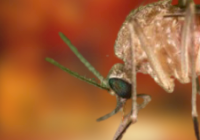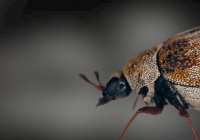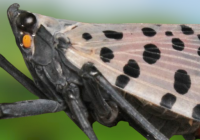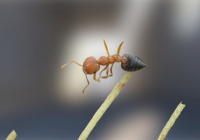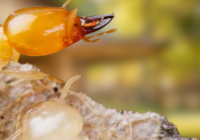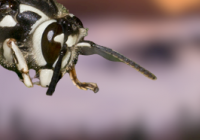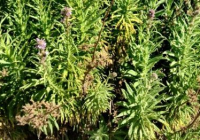Rocky Mountain Wood tick Diseases, Bite, Location, Life Cycle
The Dermacentor andersoni (Rocky Mountain Wood tick) resembles the American dog tick in appearance but can be differentiated by its brilliant red, teardrop-shaped body. Males possess grey and white patches on their bodies, while females possess a white shield. They are predominantly located in South Dakota, Arizona, Nebraska, New Mexico, and California, which are Rocky Mountain states. The saliva of Rocky Mountain… Read More »


